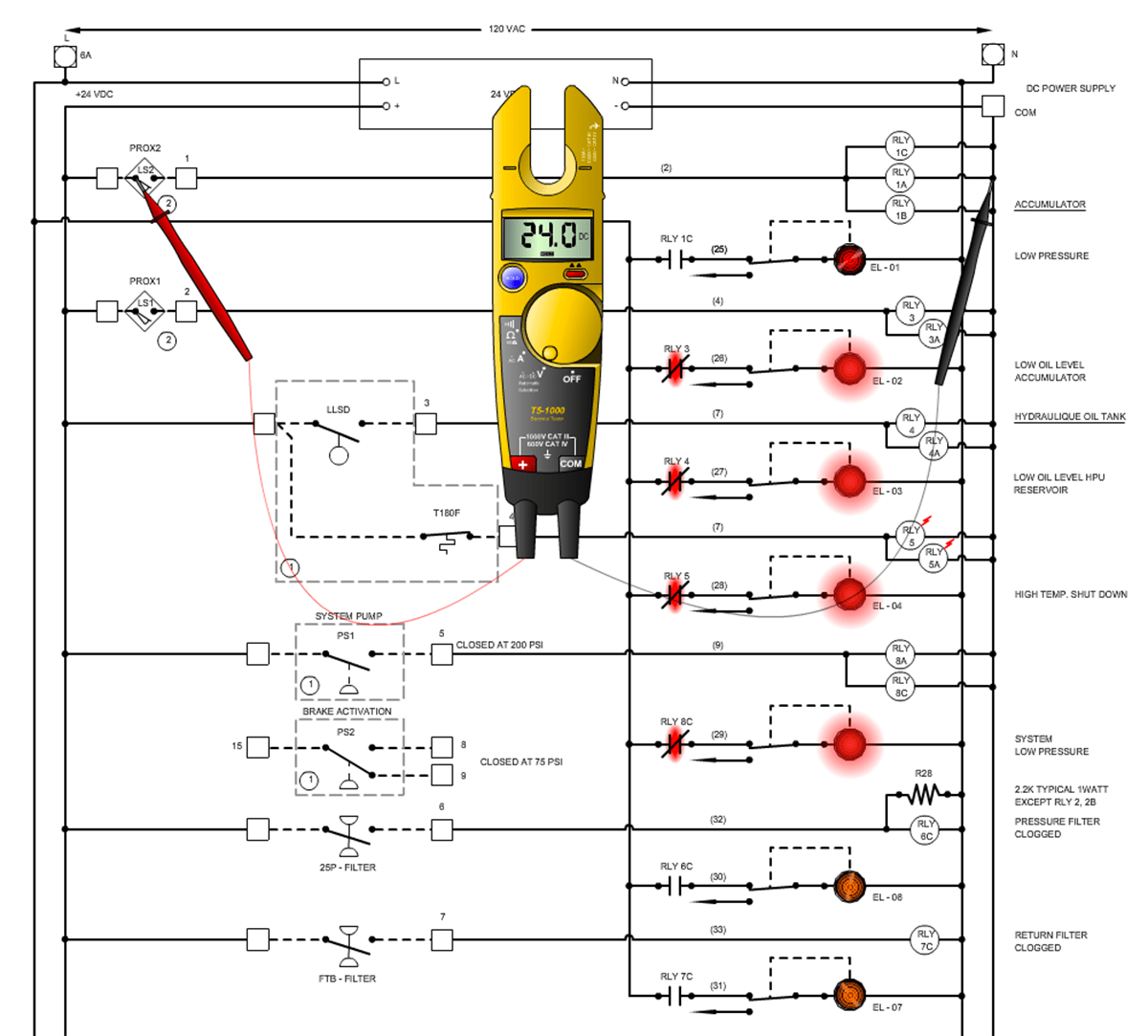Comprehensive electrical system troubleshooting you can trust.
Comprehensive electrical system troubleshooting you can trust.
Blog Article
Top Tips for Effective Electric System Troubleshooting
Fixing electric systems needs a methodical approach, grounded in a thorough understanding of electrical principles and safety protocols. The nuances of effective fixing expand past plain technological expertise; recognizing how to document findings and prioritize safety can considerably influence results.
Understand the Fundamentals
Recognizing the fundamentals of electric systems is necessary for reliable troubleshooting, as a strong foundation permits professionals to identify and deal with problems extra efficiently. A thorough understanding of electric principles, such as voltage, current, resistance, and power, is crucial in recognizing the source of issues. Voltage is the electrical potential difference that drives present with a circuit, while resistance opposes the flow of existing, influencing the general functionality of the system.
Knowledge with circuit components, consisting of resistors, capacitors, diodes, and changes, is also extremely important. Each element plays an unique function in circuit actions and can impact efficiency when malfunctioning. Additionally, recognizing series and identical circuit arrangements is important, as these setups influence the circulation of voltage and current within the system.
Technicians have to be aware of prospective threats, such as shock and short circuits, to execute risk-free troubleshooting techniques. By mastering these foundational ideas, professionals boost their ability to conduct effective diagnostics and repair work, eventually leading to enhanced efficiency and integrity of electric systems (electrical system troubleshooting).
Gather Necessary Devices
Reliable troubleshooting of electric systems requires the best set of tools to diagnose and resolve concerns accurately. Important devices consist of a multimeter, which measures voltage, existing, and resistance, allowing for precise examinations of electric parts.
Furthermore, protected hand tools such as screwdrivers, pliers, and wire strippers are essential for safely controling electrical connections. It is additionally a good idea to have a circuit tester available to validate the presence of voltage in electrical outlets and cables. For more complicated systems, a thermal imaging cam can help find overheating components, indicating possible failings.

Comply With an Organized Strategy
Having actually collected the ideal devices, the following action in repairing electric systems is to adhere to an organized strategy. A systematic approach makes certain that specialists can identify faults efficiently and accurately, minimizing downtime and avoiding unnecessary fixings.
Begin by examining the system's schematic diagrams and specifications. This entails checking each component methodically, beginning from the power resource and working in the direction of the lots.
Use testing tools, such as multimeters and oscilloscopes, to gather objective data concerning voltage, present, and resistance at various factors within the system. This empirical evidence will certainly direct your troubleshooting initiatives and assist to confirm or remove prospective sources of failure.
Additionally, take into consideration ecological factors that might influence the system's efficiency, such as temperature variations or wetness access. A detailed inspection of circuitry, connections, and parts will make sure that all possibilities are made up.
Document Your Findings
Thorough documents is important in the fixing procedure of electric linked here systems. This practice not only aids in comprehending the origin reason of the issue however likewise serves as a recommendation for future fixing efforts.

Additionally, maintaining a log of components changed or repair services done is invaluable. This this post information sustains stock administration and can help analyze the long life and dependability of certain elements.
Ultimately, the documents procedure ought to be comprehensive yet succinct, allowing easy access and testimonial - electrical system troubleshooting. By prioritizing detailed documents, professionals can produce a valuable data base that not only help in current troubleshooting yet also equips future maintenance initiatives, thereby boosting total system dependability

Prioritize Security Measures
Acknowledging the integral dangers associated with electric systems is vital for making sure safety during troubleshooting. Electric shock, burns, and devices damages are just a few of the prospective threats that service technicians encounter. Prioritizing precaution is not just a legal responsibility yet also a moral essential that safeguards both the service technician and the surrounding setting.
Prior to commencing any kind of troubleshooting task, service technicians need to wear appropriate personal protective devices (PPE), consisting of insulated gloves, security glasses, and flame-resistant clothing. Making sure that the job location is completely dry and free of clutter can substantially lower the threat of mishaps. Additionally, it is vital to de-energize circuits before beginning any type of work, confirming that they are not endure making use of a multimeter or voltage tester.
Establishing clear communication procedures with employee is also important; this guarantees that everyone recognizes prospective dangers and the condition of the electrical system being serviced. Lastly, having an emergency situation feedback strategy in location can show vital in the event of an event. By prioritizing precaution, professionals can properly alleviate risks and cultivate website here a more secure office.
Final Thought
Efficient electric system fixing depends on a comprehensive understanding of essential principles and a systematic strategy. By gathering essential devices, adhering to organized assessment techniques, and thoroughly documenting searchings for, the troubleshooting procedure becomes extra effective and reliable. Focusing on safety procedures ensures the well-being of people involved and the honesty of the electrical system. Carrying out these strategies will boost the troubleshooting experience, resulting in quicker resolutions and boosted operational effectiveness in electric systems.
Report this page